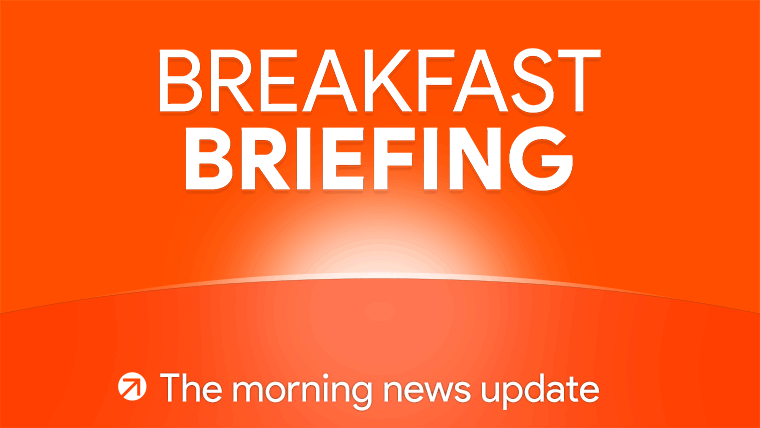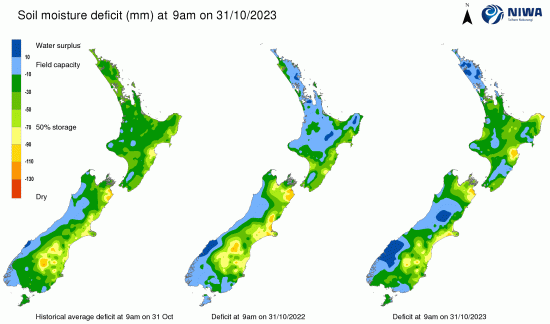
Here’s our summary of key economic events overnight that affect New Zealand, with news the Chinese President is having to get involved in shoring up China’s faltering economic track.
In China, their official factory PMI fell unexpectedly in October back into contraction after the minor expansion in September. Markets weren’t expecting that, So China’s economic recovery remains fragile with more support measures from the government needed. New orders were the weak issue, returning to contraction.
And it was a similar story in their services sector. It did manage to stay in expansion mode but only just after dipping from September. The October result is the weakest of 2023. New orders were particularly weak which is a worry and these are now contracting.
Meanwhile, President Xi underscored his concerns about China’s shrinking population in a speech calling on women to help bolster the birth rate by promoting a “culture” of childbirth. It also played to his conservative social views.
He was active at the Central Financial Work Conference, trying to shore up issues related to ballooning local government debt risks. The recent ¥1 tln debt swap program allowing local governments to replace their so-called “hidden” debt for bonds carrying lower interest rates was part of this push. Also part is a new requirement for bankers to study the volumes of books with Xi’s Thought.
In Japan however, yield curve control policies are all the focus. Late yesterday the Bank of Japan loosened its reins, allowing their ten year government bond yield to rise to about 1%. But despite that, the yen fell.
Japanese consumer confidence ticked up a little after two months of sagging, now back to May-June levels. Most components of this survey rose, except views on job security.
EU inflation fell more than expected in October, down to just 2.9% and its lowest since July 2021. This is largely due to retreating energy prices. Their core rate, without food or energy, cooled to 4.2% from 4.5% in September.
Meanwhile, Euro area GDP shrank -0.1% in the three months to September from the prior quarter, worse than market forecasts of a flat reading and following an upwardly revised +0.2% rise in the second quarter. It rose +0.1% from the same quarter a year ago. Lower inflation and lower growth comes after the ECB’s steady diet of rate hikes, and all eyes are on whether that phase is done now.
Meanwhile, German retail sales were expected to rise in September from August, but they fell in an unanticipated retreat.
But American retail sales, as measured weekly by their Redbook index of bricks & mortar stores, rose strongly again last week, and by more than expected to be +5.3% ahead of year-ago levels on a same store basis. They are growing handily more than inflation now.
But coming in better than expected but worse than the prior month was the US Conference Board survey of consumer sentiment, a widely-watched metric. A big dip from September was anticipated, but a small dip was delivered. But what these consumers are telling the survey is different to how they are acting, it must be said, with rising confidence for continued spending.
And for those who follow business sentiment in the Mid-West industrial heartland, the Chicago PMI was unchanged in October, but still low. However they recorded a good uplift in new orders in the month.
Caterpillar reported a double-digit rise in profit overnight, beating Wall Street estimates on solid construction equipment sales in North America, but its shares slid in trading today on signs of slowing machinery demand.
In Australia, new census data for 2022 shows that there are now 29.5% of their population born outside the country, not a new high* because in 2020 that level was 29.9% and then stunted by the pandemic. There were 586,000 New Zealanders, the fourth largest country of origin, topped by China’s 597,000, India’s 754,000 and by far the fastest growing group, with the most born in England 961,000 and a declining cohort. (* A modern high, Prior to 1893 it exceeded 30%, but back then no doubt census counts weren’t anything to be proud of.)
The UST 10yr yield is down -3 bps from this time yesterday, now at 4.86%. Their key 2-10 yield curve is more inverted today, now by -22 bps. Their 1-5 curve is inverted by -65 bps and that is also a bit more. Their 3 mth-10yr curve inversion is more too at -55 bps. The Australian 10 year bond yield is now at 4.94% and down -3 bps from yesterday. The China 10 year bond rate is little-changed at 2.72%. The NZ Government 10 year bond rate is +5 bps higher at 5.64%.
Wall Street is in its Tuesday trading with the S&P500 up +0.6%. Overnight, European markets were all up by about +0.7%, except London which dropped -0.1%%. Yesterday Tokyo ended its Tuesday session up +0.5%. But Hong Kong ended down a sharpish -1.7%. Shanghai fell a minor -0.1%. The ASX200 ended its Tuesday session up +0.1%, while the NZX50 ended up almost +0.2%.
The price of gold will start today at US$1991/oz and down another -US$7/oz from this time yesterday.
Oil prices have fallen -50 USc today to be now at just on US$81.50/bbl in the US. The international Brent price has fallen a bit more now just over US$85.50/bbl.
The Kiwi dollar starts today at 58.1 USc and down -¼c from yesterday. Against the Aussie we are firmish at 91.8 AUc. Against the euro we are still just on 55 euro cents. That all means our TWI-5 starts today again little-changed at just on at 68.3.
The bitcoin price starts today at US$34,433 and a mere -US$40 or -0.1% lower from this time yesterday. Volatility over the past 24 hours has been low at just on +/- 0.8%.
Select chart tabs
The easiest place to stay up with event risk is by following our Economic Calendar here ».







